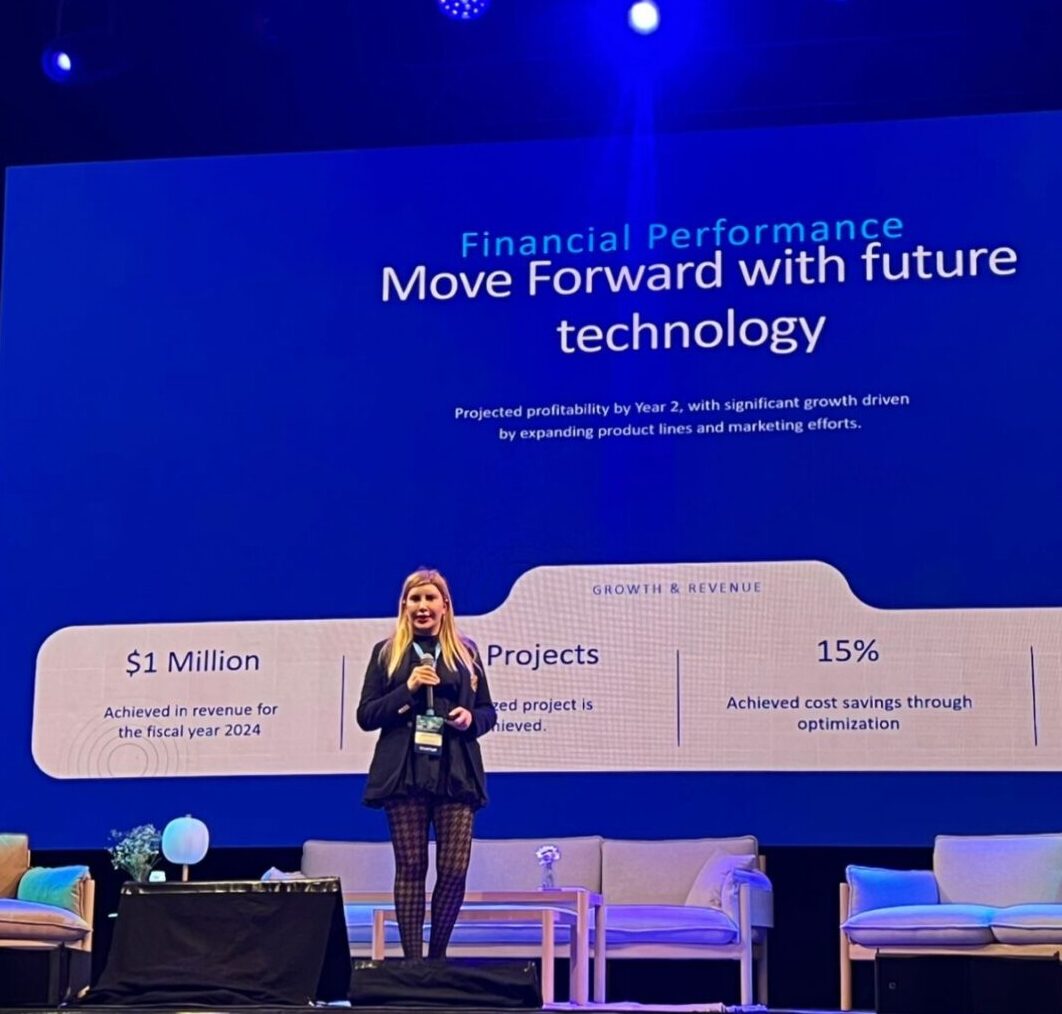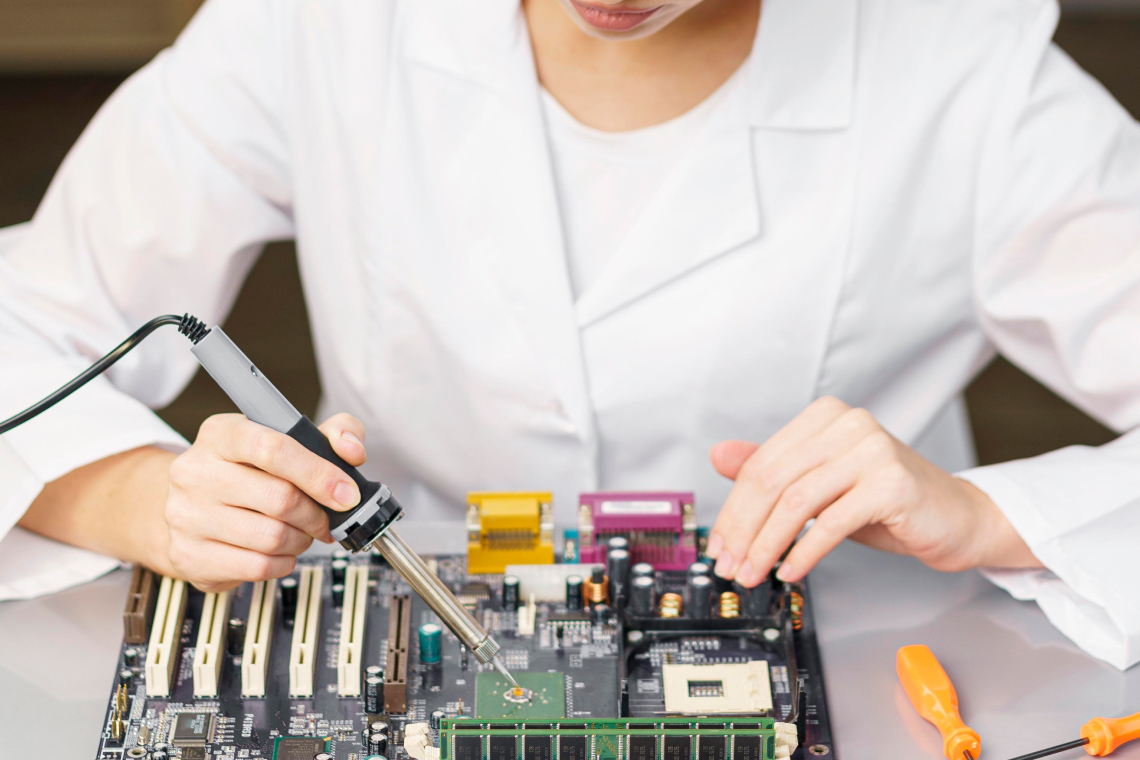A Programmable Logic Controller or PLC is an intelligent computer system or hardware that contributes to automation and optimization by controlling machines and similar equipment in complex industrial processes with the help of sensors on them, collecting data and deciding the actions to be taken based on this data.
PLC is especially ideal for use in assembly lines. It can replace humans in routine and repetitive tasks, allowing you to shift your employees to strategic task areas. Programmable logic controllers, which can also be deployed in harsh working conditions with high temperature and high pressure, can ensure employee safety and introduce superior efficiency and speed to your industrial processes.
Logic controllers, one of the critical parts of industrial automation, are capable of completely changing the style and shape of production in line with the orders entered while controlling smart machines in industrial processes. This advantage of programmable logic controllers in terms of customizability increases transparency in industrial processes and opens the door to fast and flexible processes.
History of PLC
Manual control of the machines caused industrial processes to be much slower and less efficient. In addition, the control systems used before programmable logic controllers had a fixed structure and it was not possible to change its task during the action. Thanks to the flexible solutions offered by logic controllers that can be programmed according to each situation, it was possible to change the tasks of the production processes during the action and production processes were accelerated and efficiency was increased.
The foundations of PLC were laid in the 1960s based on the needs mentioned above. Before programmable logic controllers, relays were mostly used in industrial automation. However, the use of relays both increased the cost and complicated the process. For this reason, new solutions were sought to realize industrial processes more efficiently.
In 1968, Dick Morley, an engineer at General Motors, laid the foundations of the PLC. Morley’s main idea was to create a flexible, programmable and easily customizable control system to enable automation processes.
In 1969, a team led by Dick Morley produced the first programmable logic controller prototype, the Modicon 084 (Modular Digital Controller). It can be said that the Modicon 084 was the first programmable logic controller prototype to be used in the industrial field.
In the following years, programmable logic controller technology continued to develop rapidly and its use in industry increased. With the advancing technology, the structure of logic controllers became more complex and began to be used in different industrial fields. Today, logic controllers are utilized in many different areas, from manufacturing plants to water treatment plants.
PLC Areas of Usage
Logic controllers, which have a critical importance in industrial automation, are used in many different areas that require industrial production. In this section, we will examine the usage areas of PLCs in detail and examine in detail how programmable logic controllers contribute to these areas.
Production Plants
PLCs play a central role especially in the control of production lines. Automation systems, cowlers, robotic arms, assembly stations and similar equipment are controlled and coordinated by programmable logic controllers. The assembly, testing, packaging and palletizing of the manufactured products are carried out by programming programmable logic controllers.
Optimizing the production line also increases the efficiency of industrial production processes. By automating routine and repetitive tasks, labor costs are reduced and production processes are faster.
In addition, programmable logic controller systems can collect data from smart machines used in industrial processes, enabling production tools to be monitored and improved where necessary.
Automotive Industry
The automotive industry is a sector with complex production processes and high quality standards. With the use of PLCs, the complex processes of the automotive industry can be simplified and a consistent quality of the products obtained can be achieved.
Programmable logic controllers can be used to control painting robots, paint spray systems and drying ovens. At the same time, warehouse automation and material handling systems can be managed efficiently.
Energy Sector
PLC systems can be utilized in many areas within the energy sector such as power plants, water treatment plants, wind and solar energy plants. The management and control of energy distribution networks in these facilities can be realized with the help of programmable logic controllers.
Logistics Sector
Operations within the logistics sector that provide transportation and transportation such as railway signaling and airline baggage handling systems, elevators and cranes can be reconfigured and optimized for high efficiency with programmable logic controllers.
Building Automation
Thanks to programmable logic controllers, the control of automatic systems in buildings can be realized. Building automation, which covers lighting, heating and ventilation systems in buildings, can be achieved in the most effective way and much easier and more comfortable processes can be achieved.
PLC Structure
Programmable logic controllers are critical for modern industrial automation and manufacturing processes. Thanks to these logic controllers, the machines, processes and systems involved in these processes can be controlled. The structure of a PLC consists of four basic parts. Each part works in an integrated manner to optimize and automate production processes. The basic parts that make up the structure of a PLC are as follows:
- Power Supply
- Interaction Module
- Processor
- Input and Output
- Power Supply
The power supply provides a voltage input to the PLC system. The electricity is converted into a signal and converted into the power required for these logical controllers to communicate with other systems.
Interaction Module
The interaction module in the structure of the PLC enables the logical controllers to communicate with each other and with the systems they will connect to automation.
Processor
The processor can be called the brain of the PLC system. The processor controls the functions in the structure of these logical controllers, telling the parts what to do and what not to do. The structure of these logic controllers also contains the system memory needed to store programs.
Input and Output
Input and output cards make it possible to connect the PLC system to other devices in the production process. Examples of these devices are transmitters and display systems.
Different PLC Types
There are different types of PLCs that can be customized for different uses and tasks. In this section, we will examine the different types of programmable logic controllers in detail and explain how you can benefit from which programmable logic controller.
Modular PLC
Modular controllers are modular structures that can be extended and customized according to the different needs of users through boards and modules. They are often used in large and complex industrial automation systems. They are ideal for use in production plants.
Compact PLC
Compact PLCs are smaller and more integrated than modular programmable logic controllers. They usually combine all control, input and output functions within their own structure.
The compact programmable logic controller can save space. It is especially ideal for small-scale automation systems.
Industrial Based PLC
The industrial-based PLC combines the power of traditional programmable logic controllers with computer systems. This programmable logic controller system combines high processing power, large data storage capacity and advanced communication features. Such logic controller systems are ideal for complex and customized automation applications.
PLC Advantages and Disadvantages
There are many advantages of using programmable logic controllers in industrial production processes. These advantages can be listed as follows:
Robustness
Programmable logic controllers are ruggedly designed to operate in the harshest conditions. They are ideal for working in high or low temperature environments such as factories.
Ease of Use
PLC programming is extremely easy. They can be programmed through a simple software language. Moreover, they are easier to use than many other industrial systems.
Suitability
Especially when considering the cost of installation, maintenance and repair, programmable logic controllers are more suitable than many other industrial systems.
Integration
PLC systems can be integrated with systems such as SCADA, HMI and MES to manage a wide range of industrial processes.
Flexibility
Programmable logic controller systems allow you to make tailor-made changes in industrial production processes with software customizations without the need for hardware modifications.
There are also some disadvantages to choosing programmable logic controller systems. These disadvantages can be listed as follows:
Complex
Although programmable logic controller systems are easier to program with software than other industrial systems, they still require a software-savvy employee. This means extra costs.
Security Risks
The integration of programmable logic controllers with other machines and intelligent systems used in the industrial production process brings security vulnerabilities.
Cost
While the use of programmable logic controllers may be viable in the long term, the hardware, software and programming costs required during the initial installation can make them an expensive option.
PLC Programming and Automation
Nilus Engineering is a pioneer in the sector with its programmable logic controller services, one of the basic components of industrial automation. With its in-depth knowledge and technical expertise in the field of programmable logic controller systems, Nilus Engineering offers the most suitable solutions to its customers by approaching each project meticulously.
Nilus Engineering, which follows new technologies and trends in the sector, focuses on increasing the efficiency of institutions and organizations with the latest technology applications. It helps brands stand out from their competitors with its innovative approaches on PLC systems.
Nilus Engineering takes great care to keep the reliability and durability of programmable logic controller services at the highest level. By using quality materials and rigorously testing its systems, Nilus Engineering offers different solutions to ensure that the businesses it serves continue to operate smoothly and with high efficiency.
Frequently Asked Questions
What Is The Difference Between PLC and SCARA
The main difference between PLC and SCADA is their structure. While programmable logic controllers are hardware, SCADA is software. SCADA can even be called a visual interface that communicates with the logic controller. Therefore, SCADA requires human intervention, while programmable logic controller control requires minimal manual input. Both systems are integrated with industrial production processes to control inputs and outputs and optimize production.
The programmable logic controller manages a specific part of the machines and tools in the production process. SCADA is responsible for monitoring and managing the entire production process. The data that the logical controllers receive from the machines with the help of sensors is transmitted to the SCADA system, and the SCADA system interprets this data and provides the logical controller systems with information about the actions to be taken.
PLC Hardware or Software?
PLC is a physical hardware that not only controls one or more of the machines in industrial processes, but also stores data from these machines, making it easier to manage, organize and monitor processes.
Which Programming Language is Used in PLC?
The most commonly used PLC programming languages include Ladder Logic, Function Block Diagram, Structured Text and Instruction List. Although languages such as C++ are also used during programmable logic controller coding, this is not the international standard.
Can I Learn to Program PLC by Myself?
It is possible to learn everything about Ladder Logic, Functional Block Diagrams, Structured Text Programming and SCADA with resources on the internet. Learning speed may vary. The internet is rich especially in terms of English resources.






